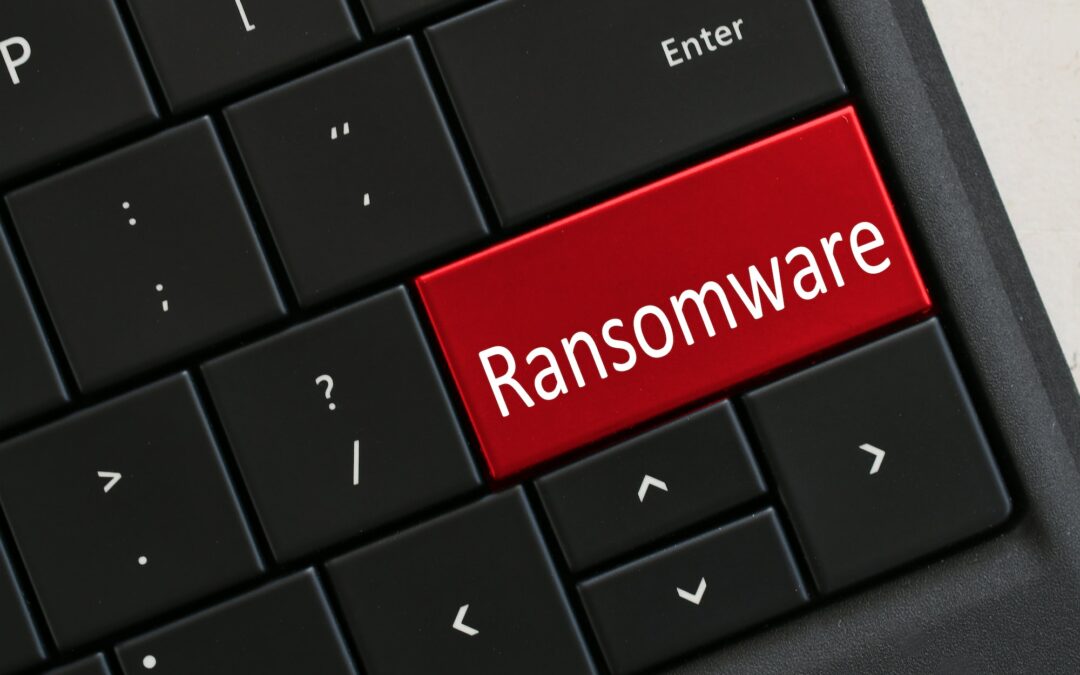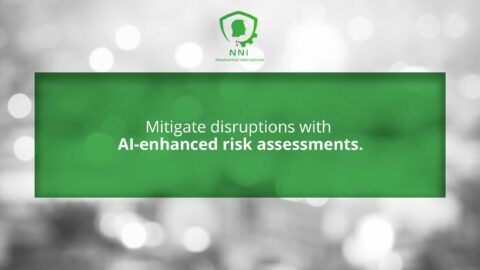Risk of Ransomware: Strategies for Mitigating Ransomware Threats in the Corporate Sector
In an era where digital threats are ever-increasing, the adage “These are the Days when the Risk of Ransomware is highest” resonates more than ever with business leaders. Ransomware, a type of malicious software designed to block access to a computer system until a sum of money is paid, poses a significant threat to businesses of all sizes.
Understanding the Ransomware Threat
Ransomware attacks can cripple essential business operations, leading to substantial financial losses and damage to reputation. These attacks often involve the encryption of critical data and demand for payment, typically in cryptocurrency, to restore access. The frequency and sophistication of these attacks have been rising, making them a top concern for businesses globally.
Identifying High-Risk Periods
Certain times of the year, such as holiday seasons or financial year-ends, often see a spike in ransomware attacks. Businesses should be particularly vigilant during these periods and take proactive steps to safeguard their digital assets.
Change Management for Enhanced Cybersecurity
Change management for enhanced cybersecurity is an essential aspect of modern business strategy, especially as organizations navigate the complex and ever-evolving landscape of digital threats. In today’s interconnected world, the importance of adopting a proactive approach to cybersecurity cannot be overstated. As cyber threats become more sophisticated, organizations must continuously evolve their strategies to protect sensitive data and maintain operational integrity.
Understanding the Evolving Cyber Threat Landscape: The first step in effective change management for cybersecurity is to understand the nature of emerging threats. Cybersecurity is not a static field; new vulnerabilities, attack vectors, and types of malware are constantly emerging. Organizations need to stay informed about these developments to identify potential risks to their systems and data.
Regularly Updating Cybersecurity Strategies: As the threat landscape changes, so too must the strategies organizations use to combat these threats. This involves regular reviews and updates of cybersecurity policies, procedures, and technologies. Change management in this context means not only adopting new technologies but also reassessing and updating the approach to cybersecurity to ensure it remains effective against the latest threats.
Employee Awareness and Training: One of the most critical aspects of change management for cybersecurity is ensuring that all employees are aware of potential risks and understand their role in maintaining cybersecurity. Human error or ignorance can often be a significant weak point in an organization’s security. Regular training sessions, simulations, and awareness campaigns can help to keep employees informed and vigilant.
Developing a Culture of Cybersecurity: Beyond individual training sessions, developing a culture of cybersecurity within the organization is crucial. This means fostering an environment where cybersecurity is everyone’s responsibility, and safe practices are part of the daily routine. Encouraging employees to report suspicious activities and providing them with the tools and knowledge to recognize potential threats are key components of this cultural shift.
Integrating Cybersecurity into Business Processes: Effective change management also involves integrating cybersecurity considerations into all business processes. This includes involving cybersecurity teams in the early stages of product development, incorporating security checks into the software development lifecycle, and ensuring that all business decisions consider the potential cybersecurity implications.
Crisis Management and Response Planning: Part of managing change in cybersecurity involves preparing for the possibility of a security breach. This includes having a clear crisis management and response plan that outlines the steps to be taken in the event of a breach. Such a plan ensures that the organization can respond quickly and effectively to mitigate the damage and recover from the attack.
Employee Training and Awareness
Regular training sessions for employees on identifying and responding to cybersecurity threats, including ransomware, are essential. Educating staff on best practices, such as not opening suspicious emails and regularly updating passwords, can significantly reduce the risk of an attack.
Executive Coaching for Cybersecurity Leadership
Executive coaching can empower leaders with the necessary skills and knowledge to effectively manage cybersecurity risks. This includes understanding the technical aspects of ransomware, developing strategic responses to threats, and leading the organization through potential crises.
Developing a Resilient Leadership Mindset
Leaders must cultivate a resilient mindset to navigate the challenges posed by ransomware and other digital threats. This involves staying informed about the latest cybersecurity trends, encouraging a culture of continuous learning, and fostering open communication about digital risks within the organization.
Conclusion: Strengthening Defenses Against Ransomware
In conclusion, as the risk of ransomware continues to grow, businesses must take decisive and informed actions to protect themselves. This includes understanding the heightened risk periods, implementing effective change management strategies, and ensuring strong leadership to guide the organization through these challenges. By doing so, businesses can not only mitigate the risks of ransomware but also strengthen their overall cybersecurity posture for the future.
#Cybersecurity, #RansomwareRisk, #BusinessLeadership, #DigitalThreats, #CyberResilience











